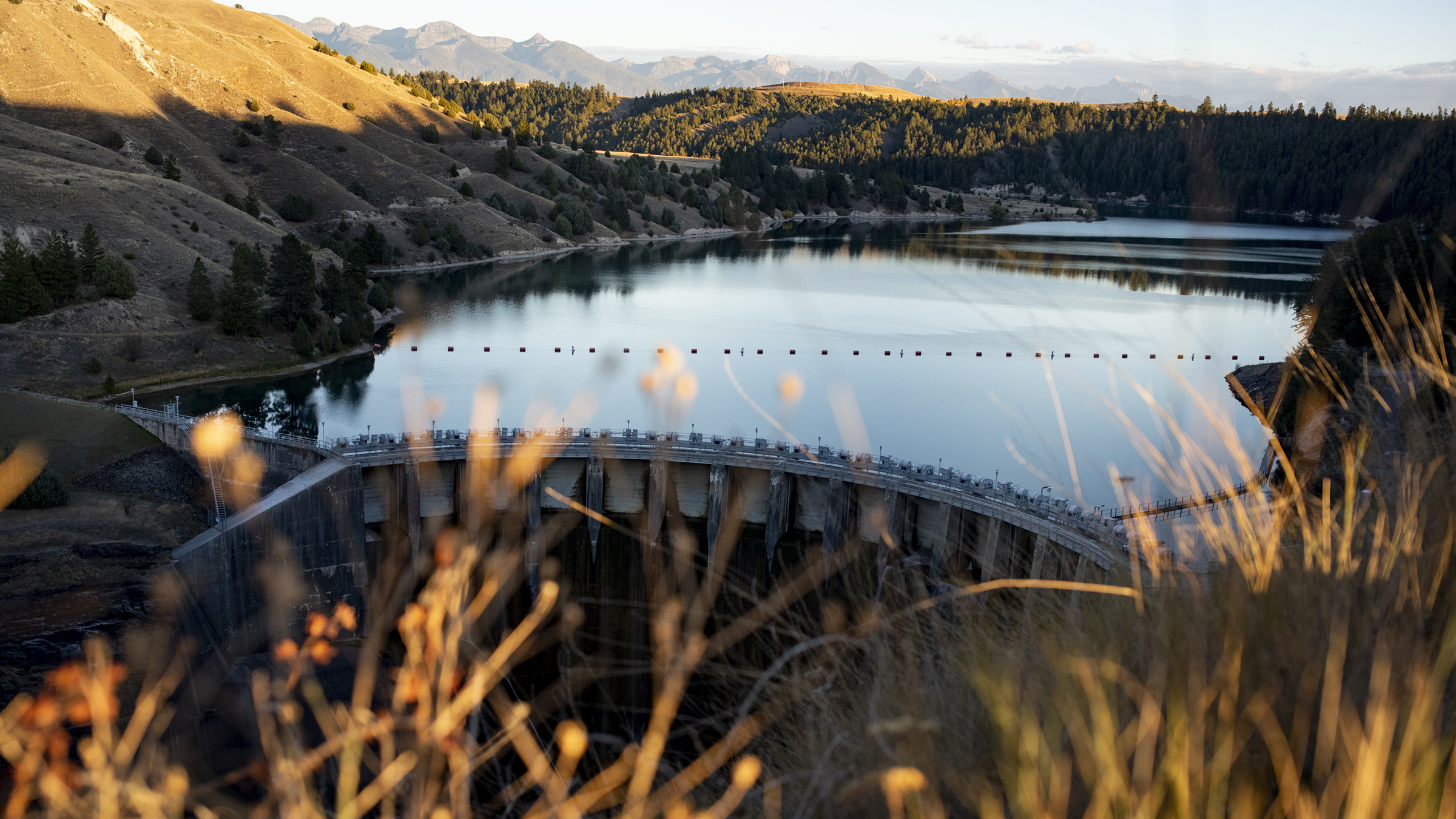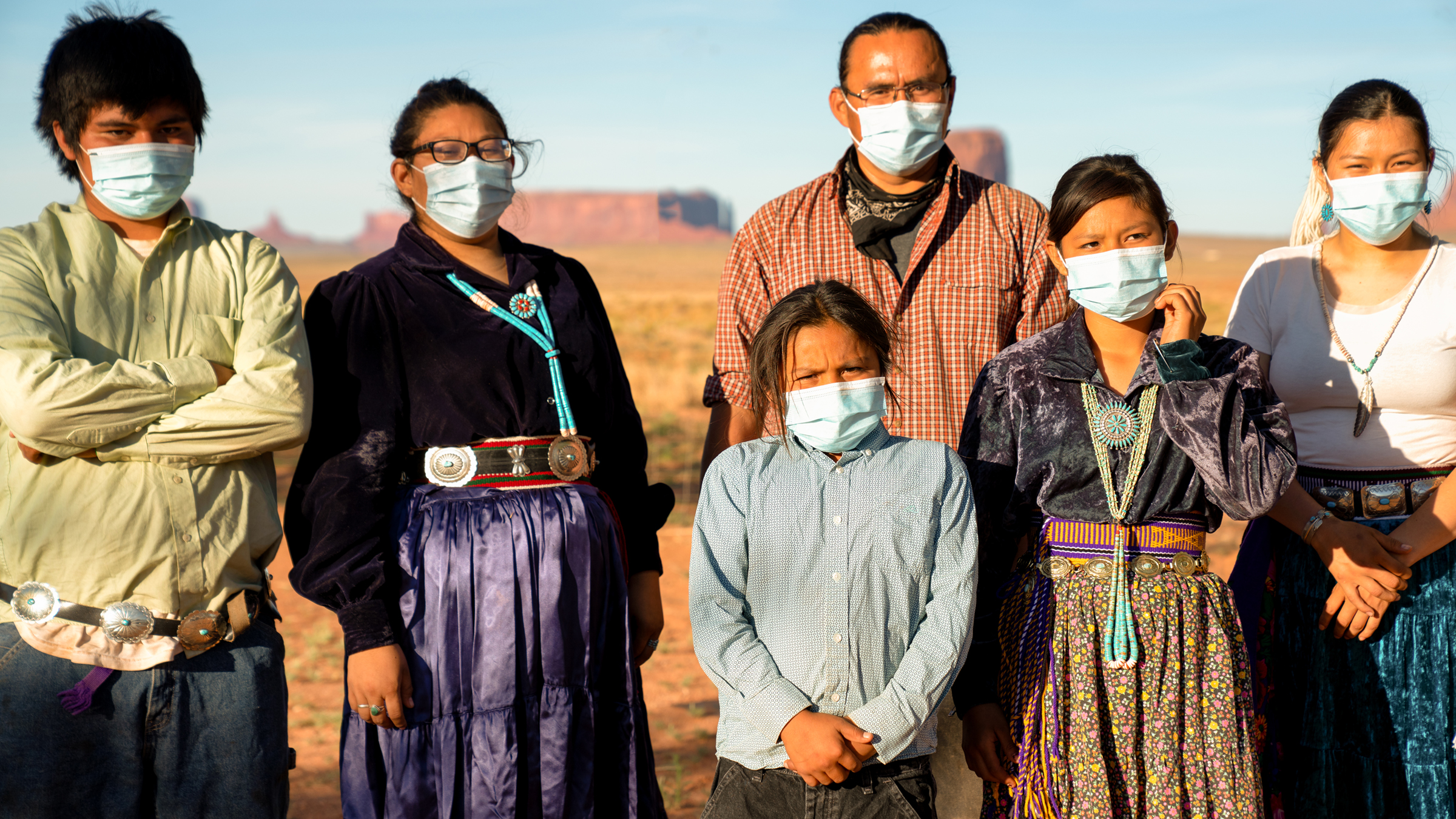In July 2020, in the case of McGirt v. Oklahoma, the U.S. Supreme Court re-recognized the reservation of the Muscogee (Creek) Nation’s sovereignty over roughly 3 million acres of land in Oklahoma that were taken from the tribe in the late nineteenth century. The ruling garnered national attention, in part because it left unanswered many practical questions about how tribal jurisdiction over an area populated by non-tribal members will work in practice.
McGirt v. Oklahoma underscored the practical challenges associated with leveraging tribal rights to natural resources. Farther west, a different and much older Supreme Court ruling, which concerned tribal water rights on the Fort Belknap Reservation in Montana, has led many tribes to grapple with similar issues related to their control of water resources. The 1908 Winters v. United States ruling affirmed that tribes on reservations owned property rights to water, although the water itself was, in many cases, already fully allocated without regard for tribal water needs.
Like McGirt v. Oklahoma, Winters v. United States left many practicalities unanswered. It took nearly 50 years before the Supreme Court’s 1963 ruling in Arizona v. California even established a potential metric for quantifying tribes’ water rights—what was termed practicably irrigable acreage. To this day, barriers exist for tribes as they work to define and fully exercise their “Winters rights” and gain access to water.
Water rights in the West
Surface water rights in the West are controlled by state governments under a legal doctrine known as prior appropriation, where water is allocated based on the timing of formal filings that individuals and public and private entities (including businesses, municipal water purveyors, and irrigation districts) make with state governments. The earliest filers received “senior” rights, giving them priority access to water during drought. The first appropriative water rights were assigned to irrigated agriculture beginning in the 1850s, around the same time that many tribes were forced onto reservations.
In Winters v. United States, the Supreme Court held that when the federal government confined tribes to reservations, it implicitly reserved the amount of water necessary to maintain a reservation as a “homeland.” These rights would have a legal priority date of a reservation’s formation, meaning they would often be senior to even the earliest-established appropriative water rights in each state. But at the time there were few formal legal filings for water rights for existing or future tribal use.
Over the ensuing decades, most available surface water was fully appropriated for off-reservation use. In Arizona v. California, the Supreme Court ruled that tribes had rights to enough water to cultivate every irrigable acre on a reservation. By establishing practicably irrigable acreage as a quantification metric, the ruling provided a modicum of assurance that Winters rights would be upheld in court, even if their adjudication displaced existing water use.
Winters rights adjudications
Together, the rulings created a pathway for tribes to assert claims to senior water rights through state courts, where tribes must engage in an adjudication process. As part of this process, conflicting water right claims are resolved via a legally binding court ruling or through a negotiated settlement agreement. While both pathways result in legally enforceable water rights, the adjudication process itself is complex and potentially expensive. Adjudications can involve many different parties, but nearly always include:
- The federal government, which is the trustee for tribal resources (including water) and must initiate a Winters claim on behalf of a tribe.
- State courts, agencies, and engineers’ offices, which oversee the adjudication process—given that each state has authority over its water resources.
- Non-tribal water users (e.g., irrigation districts and urban and environmental interests seeking reliable water access) that may have to reduce or alter their current water uses to accommodate Winters rights.
The Winters process officially begins when a tribe, or the federal government on a tribe’s behalf, files legal claims to water rights in a state court. When major water users in a basin agree that fully adjudicating rights is too costly (potentially after decades of litigation), parties can request that the Secretary of the Interior’s Indian Water Rights Office assign a settlement-negotiation team. Parties negotiate to reach mutually beneficial settlements that meet tribal water needs, stipulate how future shortages will be shared, and resolve broader water disagreements. Settlements are then enacted by Congress and typically include federal funding for their implementation.
Now, 114 years after the initial Winters v. United States decision, 46 tribes have concluded adjudications and successfully reclaimed rights to 10.7 million acre-feet (AF) of water. The adjudication process spans 22 years on average, with parties spending half of that time in court before switching to negotiation. The magnitude of water entitlements tends to reflect the size of a reservation’s land base, with larger reservations receiving more water. Yet, more recent settlements involve less water but more funding for tribes. In addition, 23 tribes have initiated the adjudication process but not completed it. A 2020 study estimated that in the coming decades, the total water entitlement for tribes actively undergoing adjudication will be between 1.2 and 1.6 million AF (Sanchez, Edwards, and Leonard 2020).
In arid Western states that use appropriative water rights, 145 remaining Winters-eligible reservations have not yet initiated a claim. One potential reason is that the costs of undertaking the adjudication process remain too high. Legal fees and technical assessments can cost tribes millions of dollars, while uncertainty about adjudication outcomes and long-term benefits from securing water rights has deterred many smaller tribes.
Benefits of Winters settlements
Water has many uses in the arid West, including irrigated agriculture; the support of instream flows that provide habitat, cultural value, and recreation; and urban and residential supply. At a time of increasing drought, the value of water is especially high. Many Winters negotiations have focused on the capacity of tribes to use their water rights for the development or expansion of irrigated agriculture. Most adjudications have quantified the volume of water to which tribes are legally entitled based on a reservation’s practicably irrigable acreage. This metric varies widely across reservations, which are diverse in both size and in topography (some large reservations have little irrigable land).
Some tribes, particularly in the Southwest, have been able to develop Winters rights to support economically and culturally important agriculture. The Ak-Chin Indian Community in Arizona, for example, farms 16,000 acres (80 percent of its reservation area) and generates nearly $19.5 million annually in economic activity on-reservation and in surrounding counties. Settlement water is used to grow traditional crops as well as high-value pistachio and pecan orchards. The tribe is reinvesting earnings into modern home construction for enrolled members.
Acquiring Winters rights, as well as settlement funding to develop those rights, can also provide tribes with a secure water supply to support nonagricultural economic development goals. For example, Navajo Nation’s 2010 water settlement in New Mexico includes federal funding to construct the Navajo Gallup infrastructure project, which will deliver the tribe’s water to the reservation. Once completed, the project will enable Navajo and Jicarilla Apache Nation residents to switch from rapidly diminishing groundwater supplies to more reliable, higher-quality surface water acquired through the settlement, ensuring their future ability to live and work on the reservation.
Water rights can also help maintain adequate streamflow to support both hydropower and endangered species habitat. For instance, the Nez Perce fisheries program in Idaho yields 10 million endangered steelhead and salmon annually and employs more than 180 people. The Pyramid Lake Paiute settlement in Nevada includes a water-sharing agreement between the tribe and municipal water providers, where streamflow supports endangered fish species in Pyramid Lake during spawning seasons and urban water supplies in dry years. Likewise, tribes in Arizona and California have leased unused Winters rights to maintain levels in Lake Mead during periods of drought.
Water rights can also be an important financial asset for tribes. Ultimately, tribes’ use of Winters rights requires reductions in water use by non-tribal users. Often, these users are willing to lease back tribal water rights to maintain their existing patterns of water use. This is especially true of municipalities near reservations. For example, Arizona cities have financed infrastructure improvements to conserve water, which can then be reallocated from irrigated agriculture to tribes, who then lease portions of newly acquired water rights back to cities. Whether a tribe has the ability to lease water back to off-reservation users depends on the specifics of their adjudication or settlement.
Outcomes of settlements
Although tribes stand to recover a great deal from Winters adjudications, the potential benefits outlined above have often been slow to materialize in the wake of settlement. While ongoing drought and overdrawn water budgets across the West could make Winters rights an economic windfall for tribes, new research indicates that post-settlement changes to actual water use—including agriculture, development, leasing, and in-stream flow—account for a small portion of total water entitlements.
A variety of factors contribute to this mismatch between tribes’ “paper” water rights and their actual control of “wet” water. Factors limiting tribal control of water resources include lack of infrastructure, land-use constraints, fiscal challenges, and high transaction costs associated with water markets.
Post-settlement water use is highest and increases most on reservations with pre-existing Bureau of Indian Affairs irrigation infrastructure projects, which have the capacity to put settlement water to immediate use. Most reservations, however, rely on settlement funding to build new infrastructure to physically access and develop their water rights. Such funding can take decades to reach tribes, thus delaying meaningful water access.
Recent research showing significant underutilization of tribal and allotted trust lands for both agriculture and development is also relevant. Land ownership on many reservations entails a complex patchwork of individually owned fee-simple land, tribal trust land, and individual allotted trust land. Tribal and allotted lands, held in trust by the federal government on behalf of tribes and individuals, respectively, cannot be transferred and in most cases are difficult to use as collateral for loans. Due to these and other credit constraints, it is more difficult for tribes and landowners to invest in productivity improvements and infrastructure on trust land.
Federal ownership of trust lands also means that tribes face more stringent environmental standards under the Endangered Species Act and the National Environmental Policy Act when pursuing infrastructure projects. Even if these issues are overcome, low housing density and rugged terrain on many western reservations make public water projects particularly costly, requiring major investment and resulting in higher costs to water users.
While municipalities often rely on a combination of property taxes and government bonds to finance infrastructure, tribes are unable to tax trust lands and face barriers to fully accessing tax-exempt bond financing, which makes it difficult for them to fund the infrastructure necessary to put their water to use. Federal payments associated with settlement agreements can be used to provide infrastructure. More research is needed to understand how these appropriations can best support tribal water-use priorities.
Given the barriers to developing water resources on reservations, some tribes choose to lease water to off-reservation users to generate a monetary return from their Winters rights. Here, too, there are barriers that may prevent the expected benefits from fully materializing.
Leases of water rights are hampered by a variety of costs. While most congressionally enacted settlement agreements allow some forms of tribal water marketing, tribes with court-decreed rights—such as the five Colorado River tribes that acquired water rights through the 1963 Arizona v. California Supreme Court ruling—must request authorization from Congress to lease. Once off-reservation leasing is authorized, federal oversight rules require that every individual off-reservation leasing agreement be approved by the Department of the Interior. The San Carlos Apache Tribe’s recent 100-year water lease to the City of Gilbert in Arizona took eight years to negotiate and was initially opposed by the Bureau of Reclamation.
The future of Winters rights
Winters rights present a unique opportunity, providing tribes with an asset to help spur economic development while also protecting culturally important resources. However, tribes’ ability to fully realize the benefits of their adjudicated water rights depends on resolving many of the problems that challenge tribal development more broadly: barriers to land use, inefficiencies with federal oversight, lack of access to credit markets, and issues associated with developing infrastructure.
To date, these challenges have kept many tribes from making full use of Winters rights. Full tribal use and autonomy over their Winters rights will require innovative land use and leasing policies, among other potential reforms.






